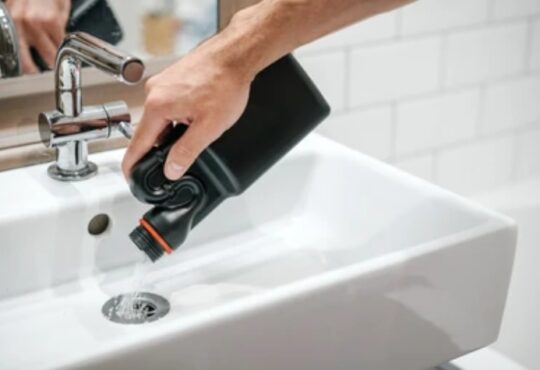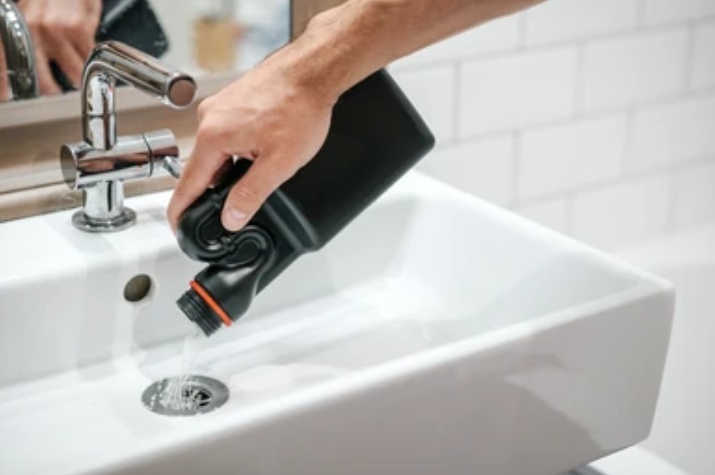
Is Hydrogen Peroxide a Good Drain Cleaner?
Hydrogen peroxide is commonly known for its antiseptic and disinfectant properties. It is often considered a versatile household cleaning solution. But, is hydrogen peroxide a good drain cleaner?
Indeed, hydrogen peroxide can serve as an effective drain cleaner, especially when combined with baking soda. The mixture can effectively clear common clogging issues if it is allowed to soak in the drain.
It is safe and effective to clean your drains with hydrogen peroxide to prevent clogs. The use of natural solutions can prevent costly plumbing problems in the future.
It is advisable to wear gloves when handling hydrogen peroxide to prevent skin burns. You can use any common over-the-counter hydrogen peroxide. We have some effective methods of cleaning drains using a simple household ingredient.
What is Hydrogen Peroxide?
Hydrogen peroxide (H₂O₂) is a chemical compound composed of hydrogen and oxygen molecules. It is a colorless liquid that is slightly more viscous than water. The oxidizing properties of hydrogen peroxide can be used in both household and industrial applications.
A Step-by-Step Guide to Cleaning Your Drains with Hydrogen Peroxide
This natural cleaning method is eco-friendly and can help remove stubborn clogs without harsh chemicals. Here is how the process works!
1. Gather Your Supplies
Before you start, ensure you have the necessary items:
- Baking soda
- Hydrogen peroxide
- Wooden spoon or similar utensil
- Boiling water
2. Mix Baking Soda with Hydrogen Peroxide
Put one tablespoon of baking soda in a bowl and add hydrogen peroxide to it. You can use a wooden spoon or disposable utensil to mix them thoroughly.
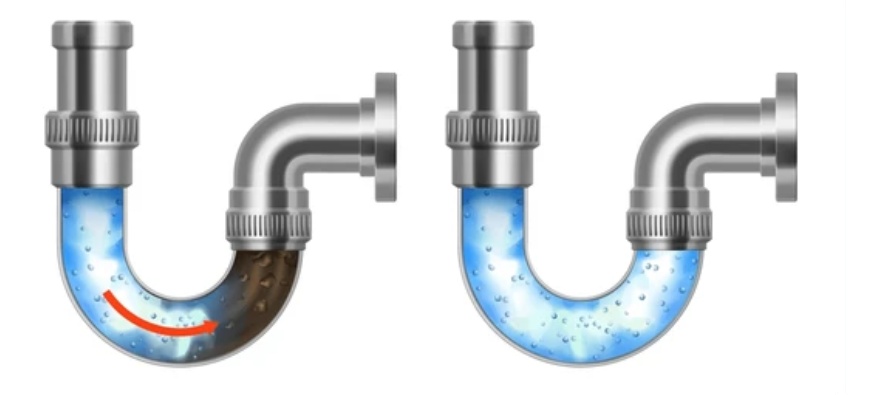
3. Apply the Mixture to the Drain
Mix baking soda with hydrogen peroxide and pour it down the drain. Make sure it reaches deep into the pipes.
4. Allow the Solution to Sit
Allow the solution to sit in the drain for about 30 minutes. This time allows the mixture to break down any organic matter causing the clog.
5. Pour Boiling Water Down the Drain
The drain should be flushed with boiling water after 30 minutes. The hot water helps flush away the dissolved debris.
6. Test the Drain
The water should drain smoothly when you turn on the faucet. If the drain is still slow, repeat the process or consider seeking professional help.
Why Use Hydrogen Peroxide to Clean Drains?
Hydrogen peroxide is a safer alternative to harsh chemical drain cleaners. It is non-toxic and does not produce harmful fumes, making it environmentally friendly. It is readily available and affordable, making it a convenient choice for routine drain maintenance.
People Also Ask
1. Is hydrogen peroxide safe for all types of drains?
Hydrogen peroxide is generally safe for most drains, including metal and PVC pipes. However, avoid using it if you have a septic system.
2. How often should I clean my drains with hydrogen peroxide?
You can prevent buildup by cleaning your drains with hydrogen peroxide once a month.
3. Can I use vinegar instead of hydrogen peroxide?
Yes, you can use vinegar to clean drains, but it’s a different method and may not be as effective for certain clogs.
4. Can I mix hydrogen peroxide with other cleaners?
We don’t recommend to mix hydrogen peroxide with other cleaning agents because it can produce harmful reactions.

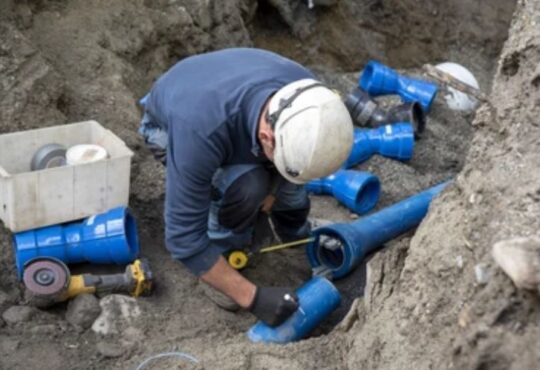

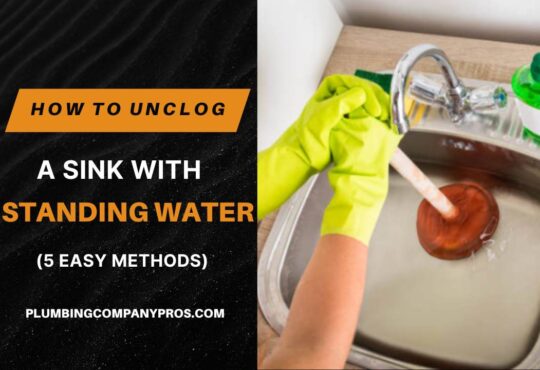

 Hi I'm Joe.
Hi I'm Joe. 